Phases of Healing Post-Injury

Timing is key with management of injuries. As physiotherapists we are constantly assessing what stage of healing our clients are in to determine how to progress treatment, exercise and deciding when you are ready to return back to activity. The speed at which one moves through these phases depends on a number of factors including extent of injury, age, health status, as well as recurrent injury to an area. Often there is overlap of these phases and sometimes regression particularly if the injury is mismanaged. Early rehabilitation with physiotherapy helps facilitate quicker and proper healing through these stages and prevents risk of re-injury.
Acute/ Inflammatory Phase: Days 1-7
Higher levels of pain, redness, swelling and often warmth to the area are present- a sign of inflammation. We commonly associate inflammation as being a ‘bad’ thing, however this increase in blood flow, cells and chemicals to the area are necessary to start the healing process.
In this stage “P.R.I.C.E” or Protect, Rest, Ice, Compress, and Elevate the area is recommended to prevent further irritation. At this point physiotherapy is typically focused on education, minimizing pain and keeping the area moving within a pain-free range of motion.
Fibroblastic (Repair) Phase: 4 days – up to 6 weeks
Pain levels decrease, inflammation is minimal and often movement starts to become easier. During this phase collagen fibers are set down in the damaged area in the form of scar tissue. This type of tissue is less tensile and weaker making it susceptible to damage if overloaded. This is a VERY common phase for people to get re-injured as you start to feel better and return to regular activity too quickly only to find that same ankle or shoulder injury has flared up again.
The focus at this point is regaining range of motion and working on light to moderate pain-free strengthening of surrounding muscles. Your physio may work on mobilizing joint or scar tissue as well as provide guidance on specific exercises to prepare you to return to activity.
Remodelling Phase: as early as 2-3 weeks, up to months or years
At this stage there is typically minimal pain and no inflammation present. The quality and strength of the collagen fibers within the tissue have progressed. This is where proper loading through the tissues is crucial to help further strengthen and realign the collagen fibers so that the tissue can tolerate various stresses placed on it.
Typically physio will be focused on pushing range of motion, increasing resistance, and re-introducing higher impact movements such as running and jumping. If rehabilitated properly, this is the stage where most people will be ready to return to sport.
Remember that tissue healing takes time so be patient! Getting guidance from a physiotherapist early on can help speed up your recovery and prevent lingering aches and pains.
Charlene Copeland, MPT, CAFCI, NKT ®, Clinical Pilates

About twice a month our therapists will be posting answers to commonly asked questions. So, if you have a burning question that you want answered let us know in the comments below.
We can cover anything ranging from active rehabilitation, to injury prevention.
This week our featured therapist is Charlene Copeland. To learn more about Charlene check out our PhysioWorks team.


Leave a Reply